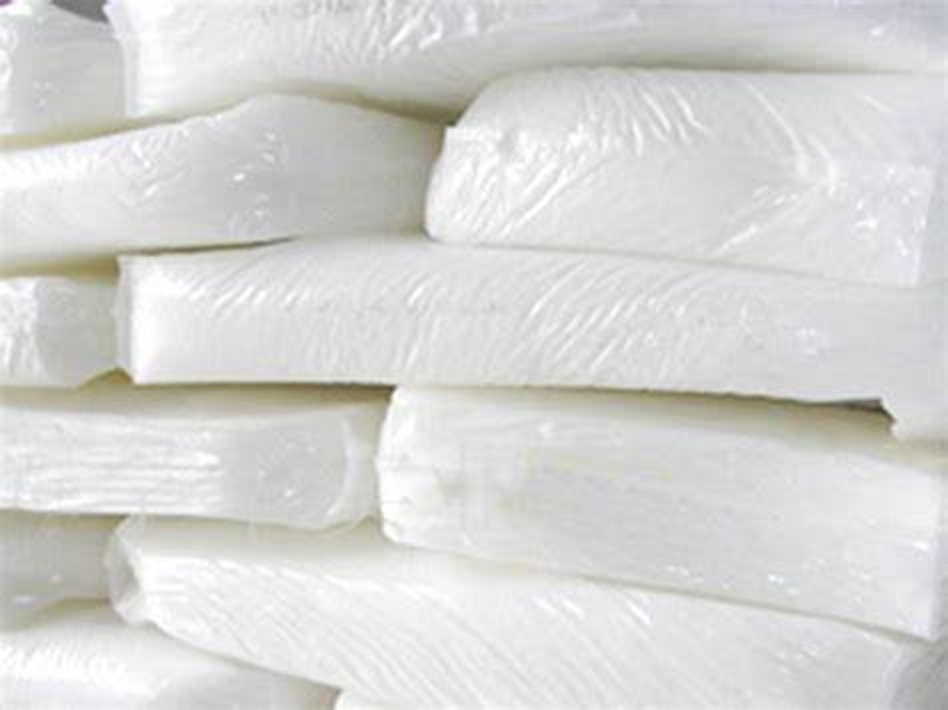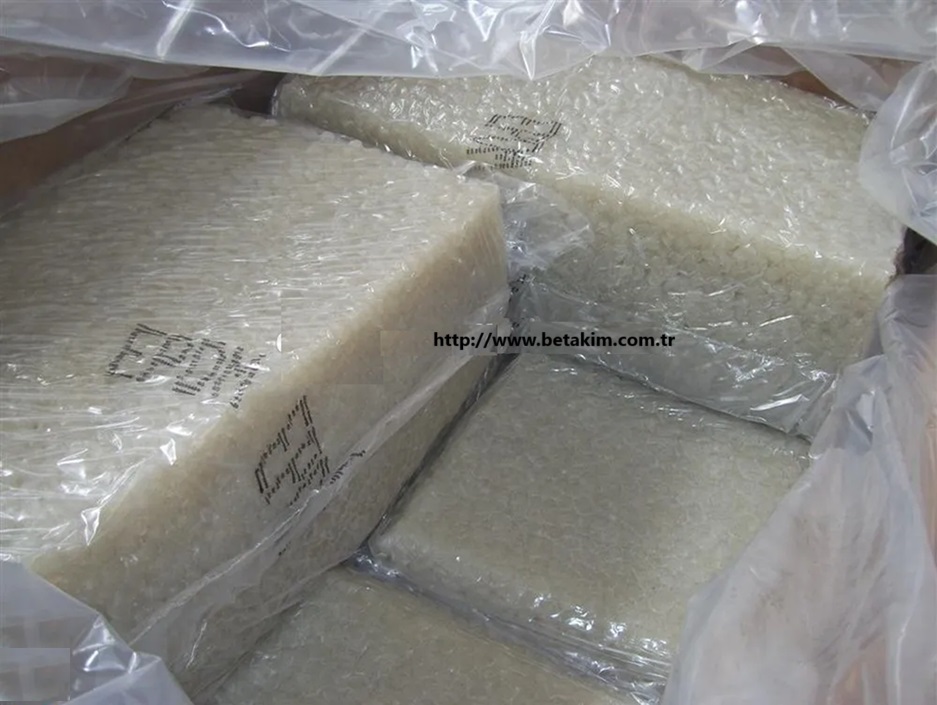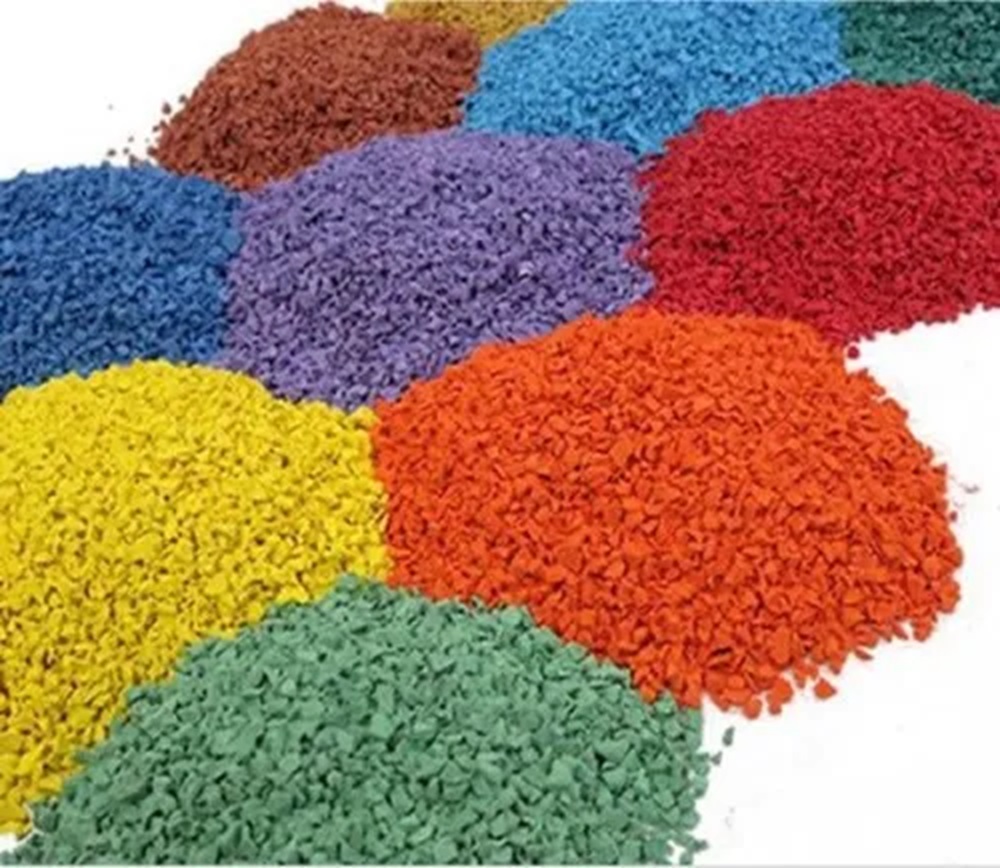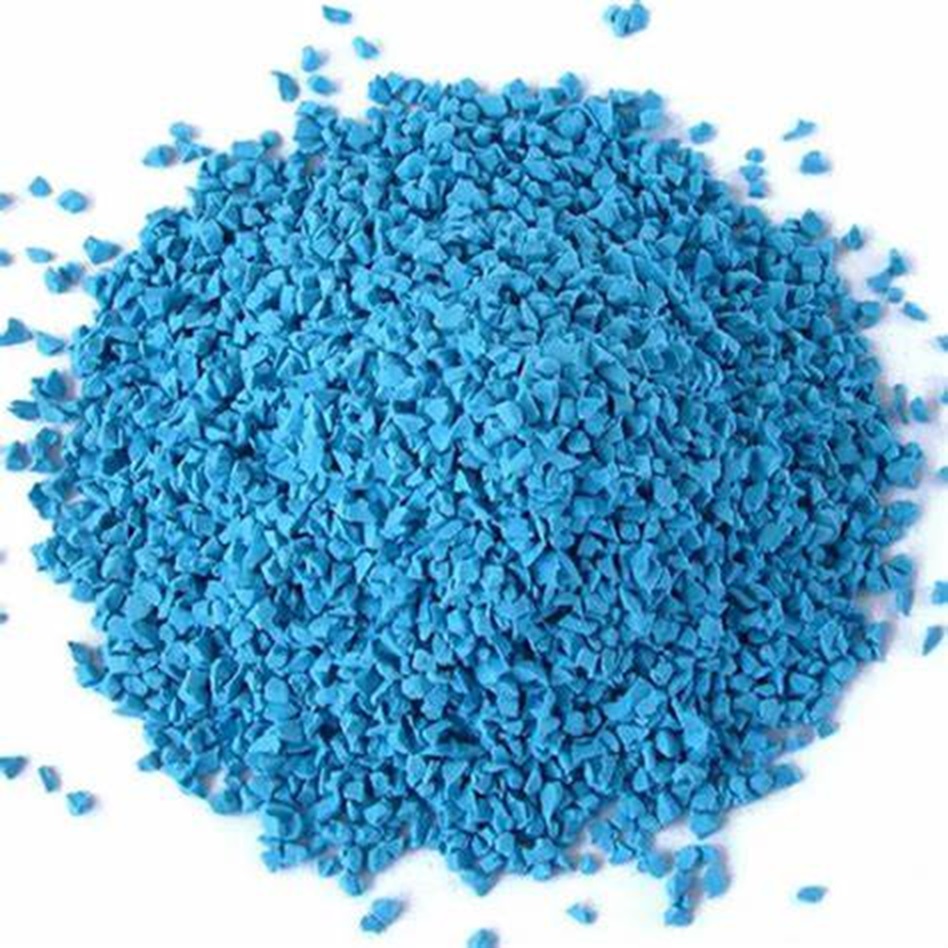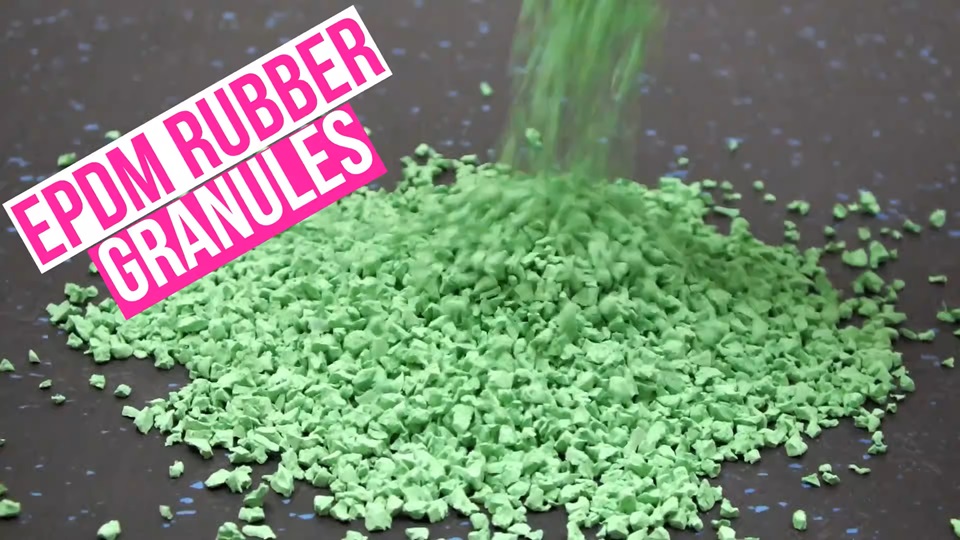We unleash your business potential by maximize the business innovation.
Send EmailEPDM Rubber, Ethylene Propylene Diene Monomer Rubber, Ethylene Propylene Rubber, EPR, Ethylene Propylene Rubber, 25038-36-2
EPDM rubber is an elastomer obtained by the polymerization reaction of ethylene, propylene, and diene monomers. This material is widely used in various industrial applications due to its high chemical resistance and thermal stability. EPDM rubber is especially common in the automotive, construction, and electrical insulation industries.
Physical Properties:
-
Color: Typically black, but can be produced in different colors.
-
Density: 0.86 - 0.90 g/cm³
-
Hardness: Ranges from 40-90 Shore A.
-
Tensile Strength: 7-21 MPa
-
Elongation: Between 300% - 600%.
-
Operating Temperature: -50°C to 150°C
Chemical Properties:
-
Chemical Resistance: High resistance to acids, alkalis, phosphate esters, ketones, and water.
-
Ozone and UV Resistance: Excellent resistance to ozone and UV, making it ideal for outdoor applications.
-
Oil Resistance: Low resistance to mineral oils.
-
Electrical Properties: Good electrical insulator.
CAS Number:
The CAS number for EPDM rubber is 25038-36-2.
Other Names:
-
Ethylene Propylene Diene Monomer Rubber
-
EPDM (common abbreviation)
-
Ethylene Propylene Rubber
-
EPR (Ethylene Propylene Rubber, a type of EPDM)
Common Names:
In everyday language, EPDM rubber is often referred to as "synthetic rubber" or simply "rubber." It is widely recognized due to its use in car tires, waterproofing materials, and various seals.
